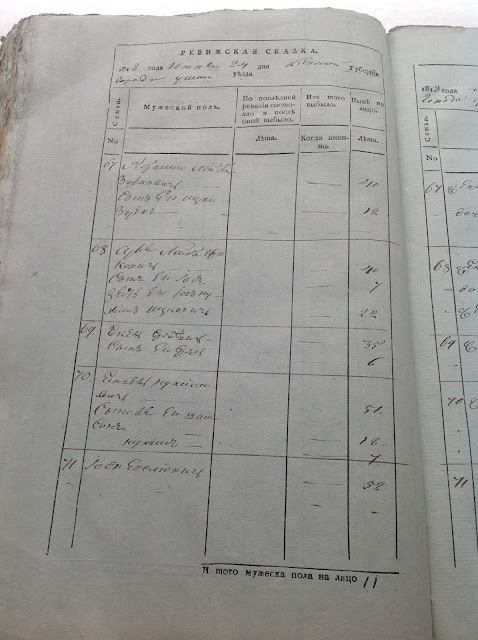Anyone with Ashkenazic Jewish heritage--or heritage from other self-contained communities--knows that genetic genealogy is much harder than it is for the typical individual. We're all related to one another in many ways, and often we're a product of multiple close-cousin marriages. Therefore, genetic closeness can be amplified, and a predicted 2nd-4th cousin match actually may be a 8th cousin 12 ways without a relationship closer than that. This isn't to say that there can't be successes--genetic genealogy is how I found my grandfather's aunt's family--it just makes things more difficult.
Israel Pickholtz's new book "Endogamy: One Family, One People" serves to demonstrate how even when dealing with an endogamous population, there is still huge potential in combining genetic genealogy with traditional research. To do this, he steps through the research he has done with his own family--and the reader can take lessons which can be applicable to his or her own research.
Israel Pickholtz's new book "Endogamy: One Family, One People" serves to demonstrate how even when dealing with an endogamous population, there is still huge potential in combining genetic genealogy with traditional research. To do this, he steps through the research he has done with his own family--and the reader can take lessons which can be applicable to his or her own research.











